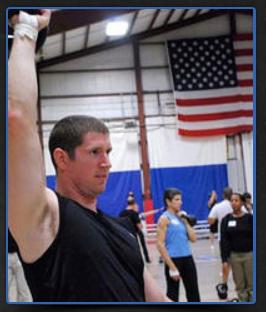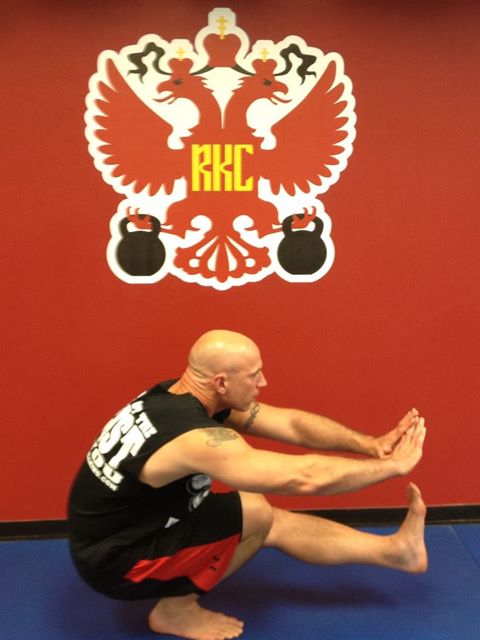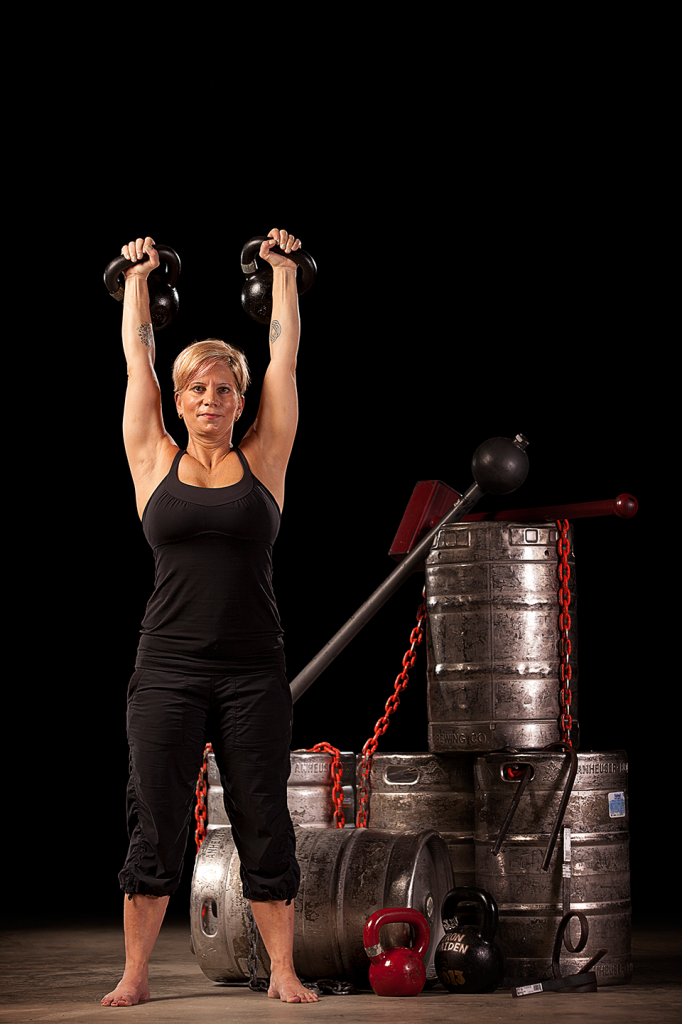Master RKC, Keira Newton guides you through a simple, effective, metabolic workout designed to help you burn some extra calories quickly during the Holidays.
***
Master RKC, Level 3 Z-Health, MCT. Keira first picked up a kettlebell in 2005 when her husband challenged her to stop laughing and start swinging. She stuck with the challenge when she realized that she could get an all-in-one workout in a fraction of the time she spent at the gym. Keira was convinced… Read more here.


